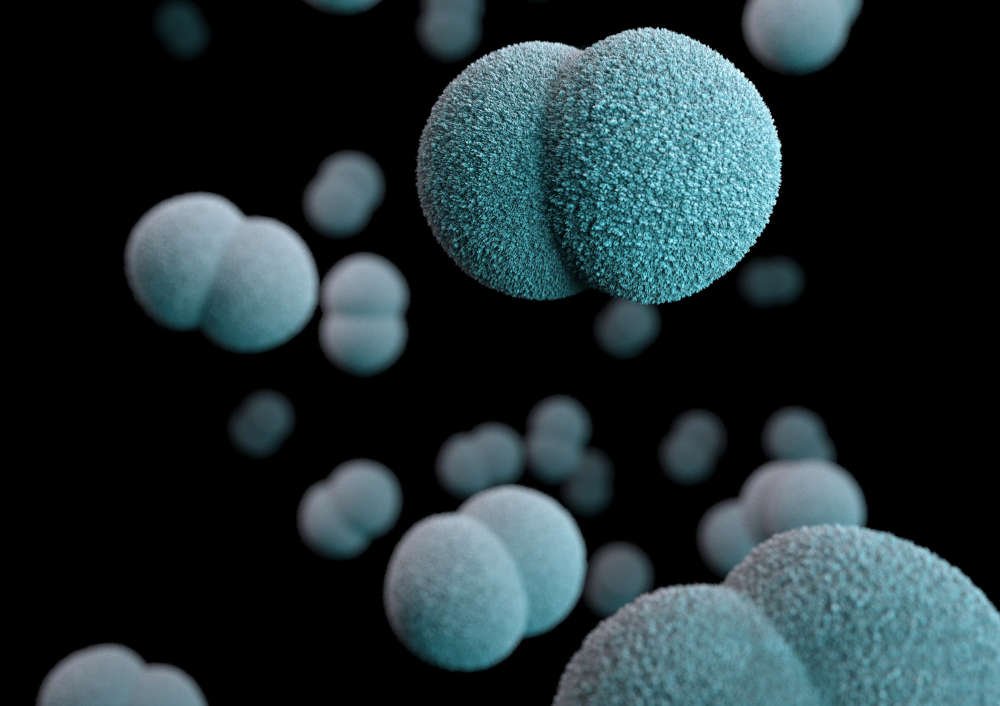
- 7 lessons
- 1 quizzes
- 10 week duration
Module 2
Epidemiology
Global burden
Rotavirus ispervading the infection to every child, who is 3-5 years old, and infants throughout the world. Santos N et al (2005) observed that children who are affected by rotavirus are usually less than 5-year-old and 2.3 million cases were hospitalized out of 24 million patients. In 2013, some studies revealed that harmful symptoms were observed in less than 5 years of age suffering from rotavirus infection globally. Most influencing rotavirus strains is
G9P [6], and in India, multicentre assortment observed that 9.5% people’s are influenced from all rotavirus species.
Children should be vaccinated before they turn 8 months old. In severe conditions, 7/10 children have been secured from severe rotavirus disease.
These two effective vaccines were given by US government in Rotavirus infection:
RotaTeq (RV5) is accustomed to the 3 doses for 2 , 4 and 6 months old child
Rotarix (RV1) is accustomed to the 2 doses for 2 and 4 months old child.
Primarily, the epidemiology and pathophysiology of Rotavirus ‘A’ species include innate and adaptive immune response to rotaviruses, clinically manifestations, preventions and summarizes about impact of rotavirus. Globally, each country should contain these vaccines because treatment should be given at the exact time, to stop the spreading of infection in the body. These types of virusesare transmitted to other people very rapidly. There is variation in doses number, ages of the target, and actual coverage. Rotavirus induced diarrhea has more
than normal count severity and only a limited proportion of diarrheic patient are cured by home care and require hospitalization. According to the Sanderson C et al., reports, it has been observed that, rotavirus A, B, and C were found in human. In all the groups of rotaviruses, only ‘A’ group has infected in most of the cases of humans. The occurrence of serotype has been observed in highly populated countries in the world. Tremendous spreading of the rotavirus disease to the societies and it can be the most danger during winter season. In Indonesia, a neonatal vaccine has given good results against the rotavirus infection, According to the studies; a potential booster dose should be taken at the age of 9-12 months. In humans, an experimental method for rotavirus infection has less information. Fever symptoms may be present or absent and the infection persist for at least 4 to 8 days. Flewett has explained that a child was infected from diarrheal disease and usually suffers for 30 days and they came to know that this disease is destructive in both animals and humans. According to Bucardo F. et al, it is reported that rotavirus infection leads to pathological fluctuation in animals. Pigs infected from rotavirus contain harmful pigments in the lungs and histological fluctuation in stomach, and several lungs problem in lambs.
